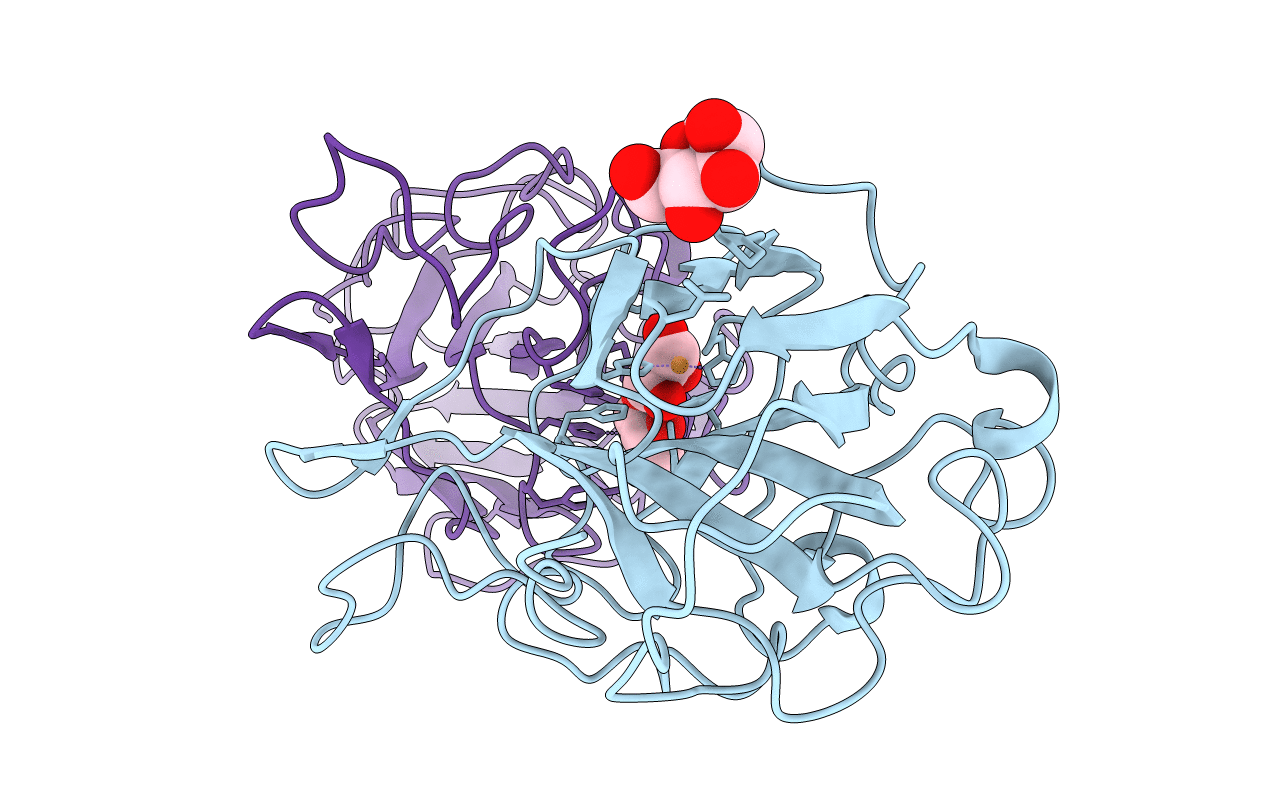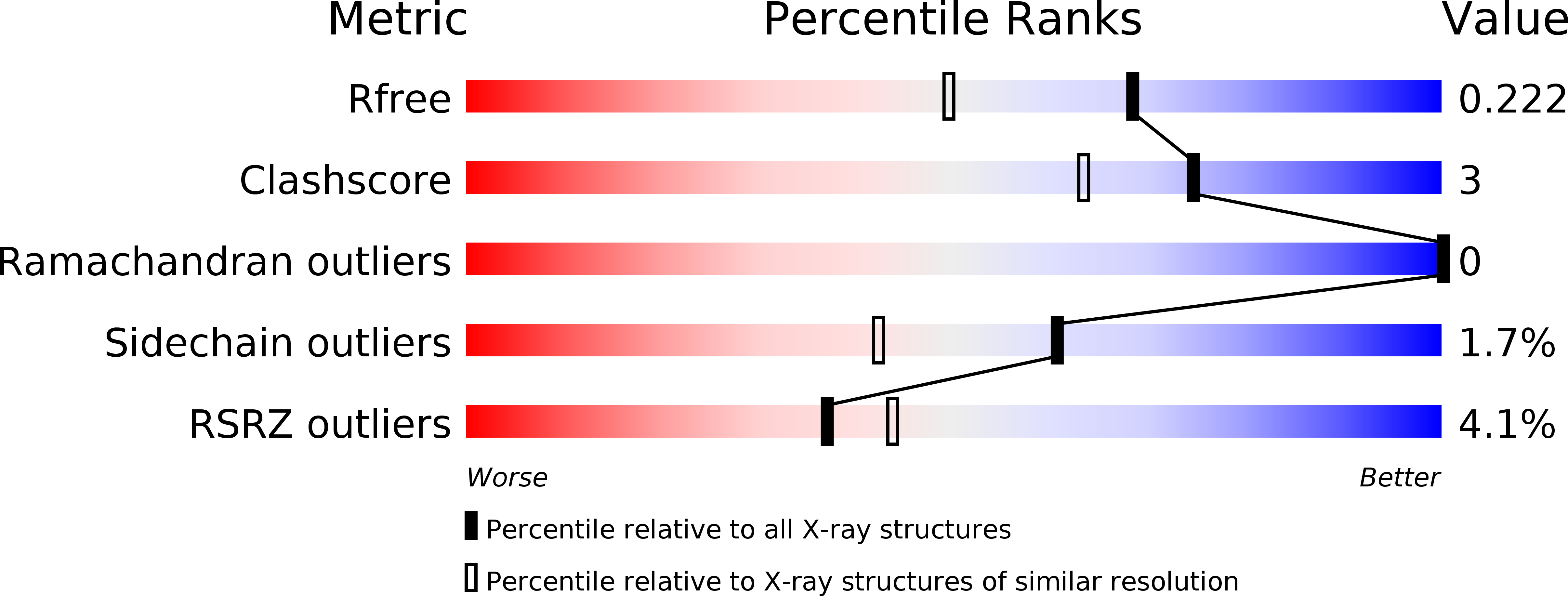
Deposition Date
2012-08-07
Release Date
2013-04-03
Last Version Date
2024-10-23
Entry Detail
PDB ID:
4B5Q
Keywords:
Title:
The lytic polysaccharide monooxygenase GH61D structure from the basidiomycota fungus Phanerochaete chrysosporium
Biological Source:
Source Organism:
PHANEROCHAETE CHRYSOSPORIUM (Taxon ID: 5306)
Host Organism:
Method Details:
Experimental Method:
Resolution:
1.75 Å
R-Value Free:
0.22
R-Value Work:
0.18
R-Value Observed:
0.18
Space Group:
C 1 2 1


